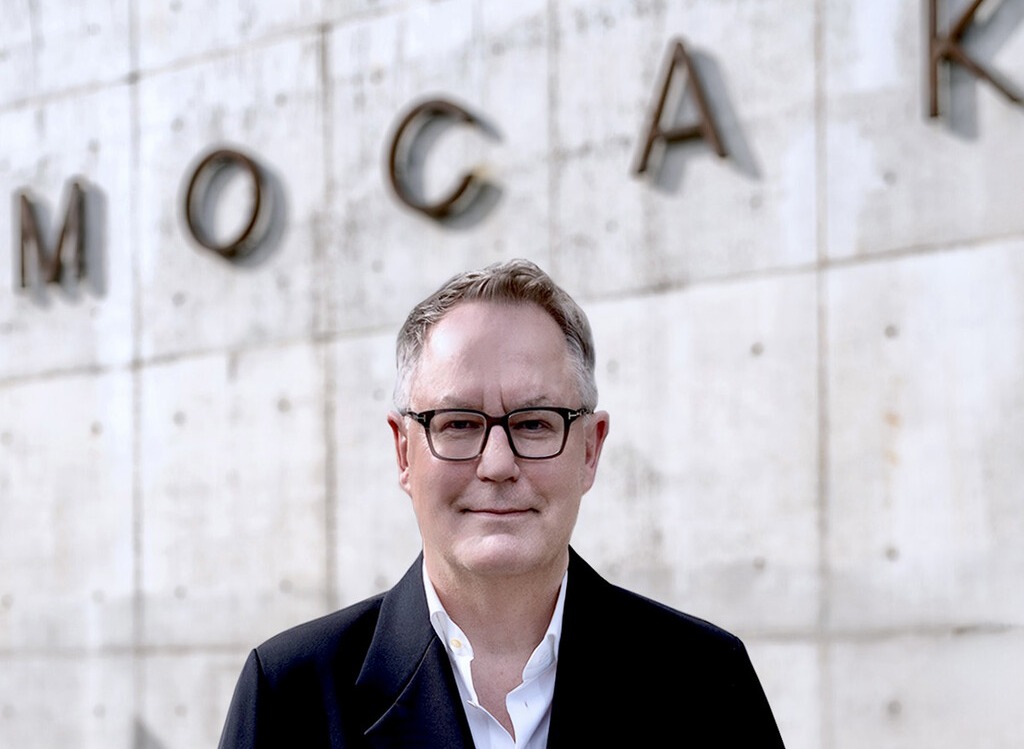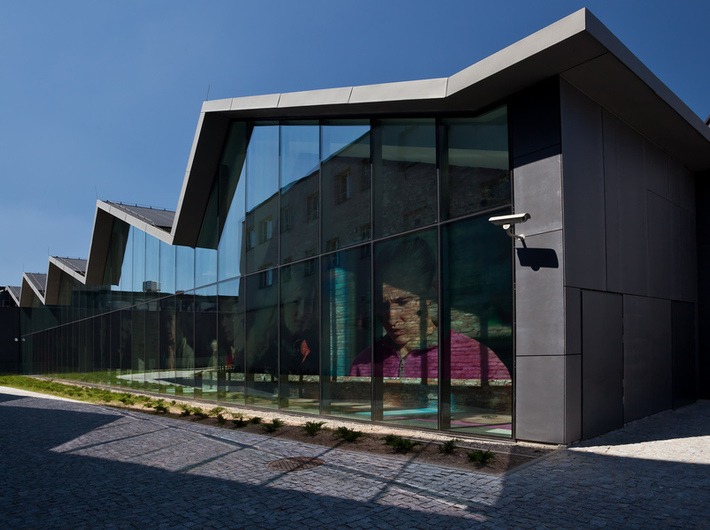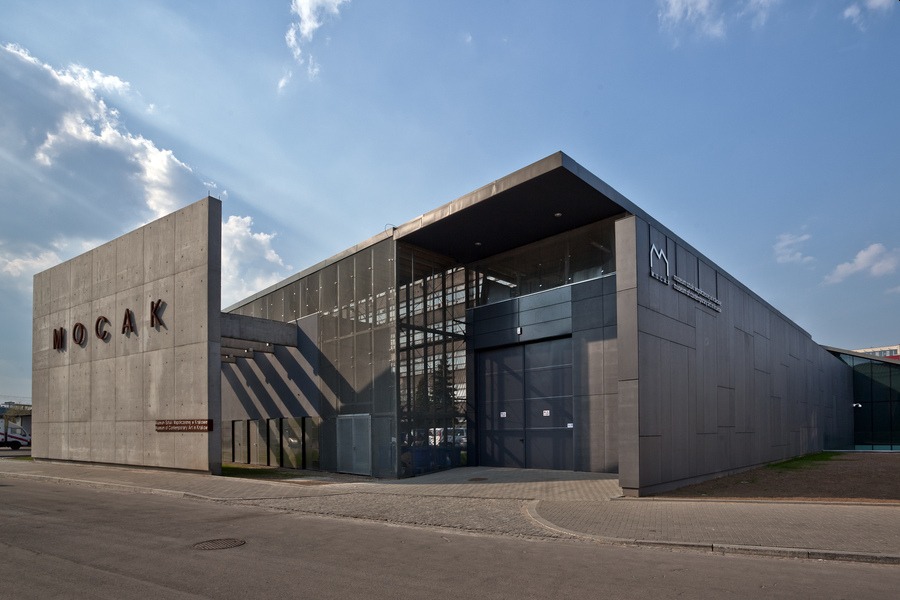
Adam Budak has been appointed Director of MOCAK
Having won the first competition in the history of the institution, Adam Budak has been appointed Director of MOCAK The Museum of Contemporary Art in Kraków. The curator and art critic has set out to create a museum open to innovation, social dialogue and international collaboration. He will take up his post on 14th July.
In his programme proposal for MOCAK The Museum of Contemporary Art in Kraków, Adam Budak focuses on art that engages and provokes reflection on contemporary social, ecological, and philosophical issues. His approach centers on creating a museum that not only presents art but generates creative energy which can power the society. Budak emphasises the importance of local context, asserting that art should be deeply connected to the place in which it is presented and to the everyday life of society. His vision for MOCAK is to create a museum open to dialogue between artists, audiences, and the local community, while also addressing the broader challenges of contemporary civilisation.
“Reinforcing the Museum’s visibility and presence and consolidating its national and international position are, in my view, absolute priorities for the future work of the Director and the development of the institution. I hope that MOCAK—as ‘our museum’—will take on the role of ‘tender narrator’ and function as a living museum in motion: welcoming, friendly, open and, at the same time, an active space, questioning and provoking new scope for perception and understanding,” says Adam Budak.
Adam Budak is a curator of contemporary art and author of texts on art. He holds a degree in theatre studies from the Jagiellonian University in Kraków and in History and Philosophy of Art and Architecture from Central European University in Prague.
He served as Artistic Director of Kestner Gesellschaft in Hanover (2020–2024), where he developed an interdisciplinary curatorial programme focused on the notions of tenderness, anabasis, and amor mundi, and realised exhibitions that, amongst others, reflected the avant-garde legacy of El Lissitzky and the topicality of the political thought of philosopher Hannah Arendt. Previously, Budak was Artistic Director and Chief Curator of the National Gallery in Prague (2014–2020), and has also held curatorial positions at the Hirshhorn Museum and Sculpture Garden in Washington, D.C., and Kunsthaus Graz. From 1997 to 2002, he was Curator of Contemporary Art at Bunkier Sztuki Gallery in Kraków. He co-founded the first postgraduate curatorial studies in Poland at the Jagiellonian University and taught at its Institute of Public Affairs.
Budak has curated numerous international biennials, including Manifesta 7, the Gherdëina Biennale, the Prague Biennale, and the Polish Pavilion (2003), Estonian Pavilion (2013), and Latvian Pavilion (2024) at the Venice Biennale. He also served as a commissioner of the Czech Pavilion (2017, 2018, 2019). Some of his major curatorial achievements include the first Polish retrospective of Louise Bourgeois (Zachęta—National Gallery of Contemporary Art, Warsaw, 2003) or the first German exhibition of Paula Rego (Kestner Gesellschaft, Hannover 2023).
Implementing the act of domestication in the biotope of an organic art institution, Adam Budak’s curatorial work focuses on the ecology of affect, the laws of hospitality and the poetics of critical intimacy. His interdisciplinary practice is informed by a sensitivity to space and performativity.
Museum of Contemporary Art in Krakow MOCAK. Photo: Rafal Sosin.
MOCAK The Museum of Contemporary Art in Kraków has been inaugurated in May 2011; its programme includes the presentation of Polish and international contemporary art and education, as well as research and publishing projects. The Museum opened as the first institution of this scale in Poland to be built from scratch after World War II to showcase contemporary art. The MOCAK Collection comprises over 5,500 works.
MOCAK was built on the site of the factory halls of Oskar Schindler’s former Emalia Factory in Kraków’s Zabłocie district, which underwent significant revitalisation in the 21st century, losing its industrial character. The architectural design of the museum, prepared by the Claudio Nardi Architette studio, has won several awards. The total floor area of the museum buildings is approximately 10,000 m2 and the exhibition area is 4,000 m2.
Title image: Adam Budak. Photo: Rafal Sosin

